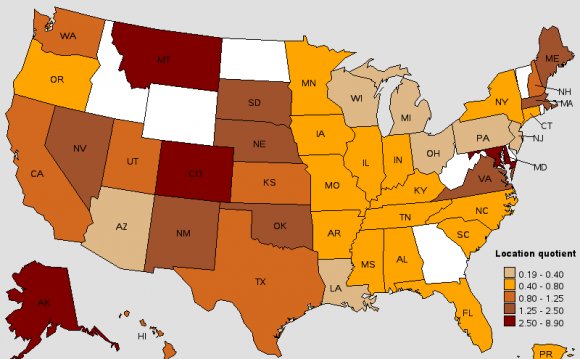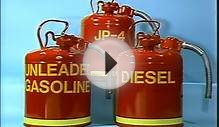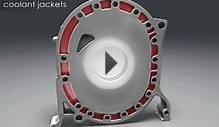
The role: Meteorologists study the science of the atmosphere. They then use that information to analyze and forecast the weather. The job starts with determining just what or whom the forecast is for, such as an event or a specific audience – drivers or travellers, for instance – and over what time period, such as a day or seven days.
Meteorologists can be found across a number of fields, including government, research groups, at financial institutions that use them to help price weather derivatives, and of course, on the television news.
Salary: The pay starts at about $40, 000 for someone fresh out of school and can increase to six figures, depending on experience and where you work.
Education: A degree in meteorology or atmospheric science is the most direct path into the profession, which is offered at a handful of universities across Canada. There are also graduate degrees available. Some meteorologists have an undergraduate degree in science and then obtain a certificate in meteorology.
By the numbers: There are about 1, 300 meteorologists working in Canada today, according to Statistics Canada’s 2011 National Household Survey. That’s up from about 1, 140 five years earlier, based on data from the 2006 census. Most meteorologists work for the Meteorological Services of Environment Canada, according to the Canadian Meteorological and Oceanographic Society (CMOS).
Job prospects: “I think it should be very good, ” Ms. Wagstaffe says. More people are affected by severe weather and interested in the “why” behind the trends, such as severely cold winters, hot summers and flooding. Meteorologists also deliver a public service, warning people of storms, floods and other severe events that can damage property and threaten lives. “I think it’s going to be an increasingly important job for public safety, ” she says.
Challenges: Balancing the science of the atmosphere with the “art of experience and decision making, ” is a big challenge for meteorologists. That’s the part of the job Ms. Wagstaffe says she likes the most. “There is so much data and information out there. On a day-to-day basis, it’s about deciding what data to interpret for an individual situation, ” she says. “We are so much better at it, but there is so much more we don’t know. There is still so much human input we have to make into the forecast every day.”
Why they do it: Most people love to hear and talk about the weather. Meteorologists enjoy interpreting the science behind it to their audiences. “It’s one of few fields of science where you can actually see the impact and awe it brings people, ” Ms. Wagstaffe says. “That can be very rewarding.”
Misconceptions: “People don’t realize how much science goes into the forecast, ” Ms. Wagstaffe says. She says people also don’t realize that she’s not simply a weather presenter, but an educated meteorologist. She has a degree in geophysics from the University of Western Ontario and a meteorology certificate from York University.
Give us the scoop: Are you a meteorologist? Write a note in the comments area of this story or e-mail your comment to careerquestion@globeandmail.com and let us know what you would tell others who are interested in the profession.
RELATED VIDEO












